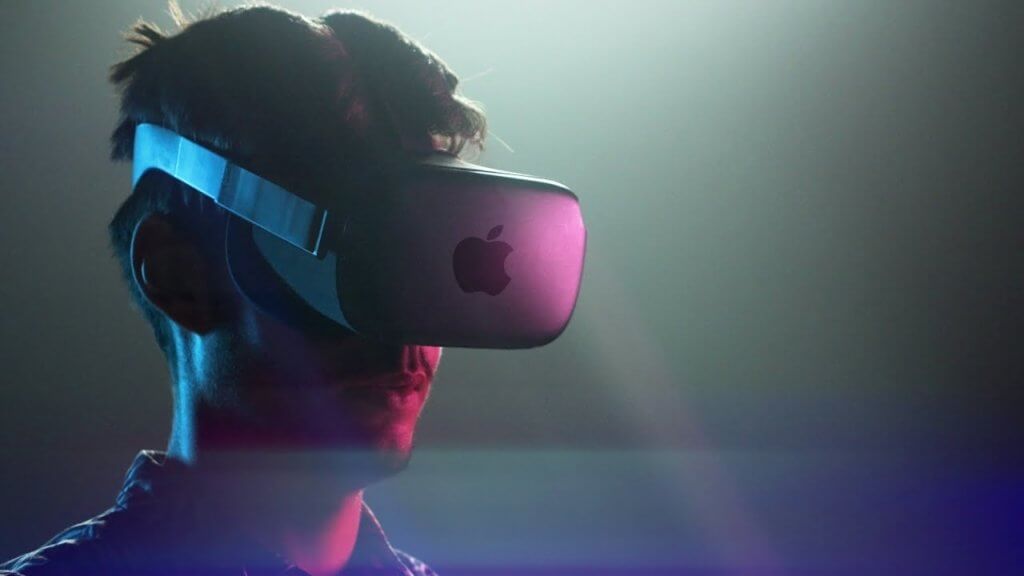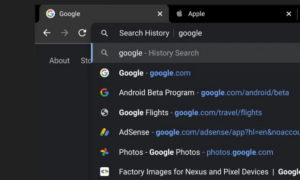Apple iHead 🙂 , AR glasses or AR/VR headset is still very much a mystery. The company had kept mum on the subject, staying away from teasers. However, analysts and leaksters have spilled the beans on numerous occasions – including this week’s WWDC 2021. So, if you want to get the gist of Apple’s future headset, be it only AR, VR, or a mixed reality device, here’s what you need to know in terms of design, performance, price, and expected release date.
Is Apple getting into VR? The answer is…
Yes. Apple is breaking into VR territory with this device, yet unnamed. However, it won’t be as straightforward as you may think. Turns out, Apple will try to offer AR features and VR uses in the same headset, leveraging some of the most advanced technology on the market.
The headset is said to come with Sony microLED display that can be see-through or opaque. Why the two options? Well, that’s the trick: the see-through lenses are gonna be enabled in AR mode and disabled when the user is interested in virtual reality experiences.
Apple headset design will set it apart
While VR headsets are distinctly bulky and heavy and AR devices are likely to be lost in a sea of glasses, Apple’s headset design will do neither. The device will look like a snorkeling mask if we are to believe the sketches leaked online, and weigh next to nothing. The mesh exterior, like the one for the AirPods Max, will help the headset weigh no more than 200-300gr.
The extra space headsets usually reserve for folks wearing prescription glasses will be nowhere in sight, by the way.
Does that mean Apple’s VR headset won’t work with prescription glasses? Not at all! That’s because Apple found a workaround.
Swappable bands, like the ones available for Apple Watches, might be in the cards too, which could make some models more comfortable than others.
Inside, you’ll find up to 15 cameras working together for super-accurate eye-tracking which will allow foveated rendering on two 8K displays. This means Apple’s device will render images in full resolution only where the eyes are focused, not on the sides as well, where peripheral vision is blurry anyway.
Then, LiDAR sensors will map the room and track the headset’s motion.
Power won’t be an issue
Powering the Apple headset will be a custom-made chip similar to the M1. Rumor is, however, that Apple will use a more advanced one that can deliver more processing power. As for the GPU, the foveated rendering should make this smoother sailing with no noticeable drop in quality.
Be aware of the fact that the headset won’t be portable, as you’ll still need to connect it to a computer or laptop. The wireless model coule be a 2025 project for Apple.
Apple headset controls

How will you control the headset? Several options have surfaced on the internet, including a “thimble” controller. There has been talk of a physical dial on the side of the headset, as well as hand tracking and eye tracking technology.
It’s not clear which way Apple is going to choose to go, or if they’ll offer several options to customers.
Apple AR headset release date
Now, if all of that convinced you to put it on your wishlist, you’re probably wondering when will the Cupertino giant release it. Like I said, Apple’s been surprisingly quiet on the matter but trusted analyst Ming-Chi Kuo believes will see the device unveiled in the second quarter of 2022.
That’s still a year from now but it’s slightly better than the initial predictions that pointed to a 2023 unveiling.
Apple AR glasses (or headset) price
Given the specs and features detailed above, as well as Apple’s pricing history, it’s pretty obvious the AR/VR glasses or headset won’t come cheap. Rumors pointed to a price range of $1,000 – $3,000. If you ask me, Apple will likely target the $3,000 price tag, even if it does so only for enterprise customers.
They could also release a Pro and a vanilla model, just like with the iPhones; in that case, the vanilla, $1,000, and customer-centric headset would make complete sense.
Stay tuned – we’ll update this article with more information in the months to come!
Follow TechTheLead on Google News to get the news first.





















